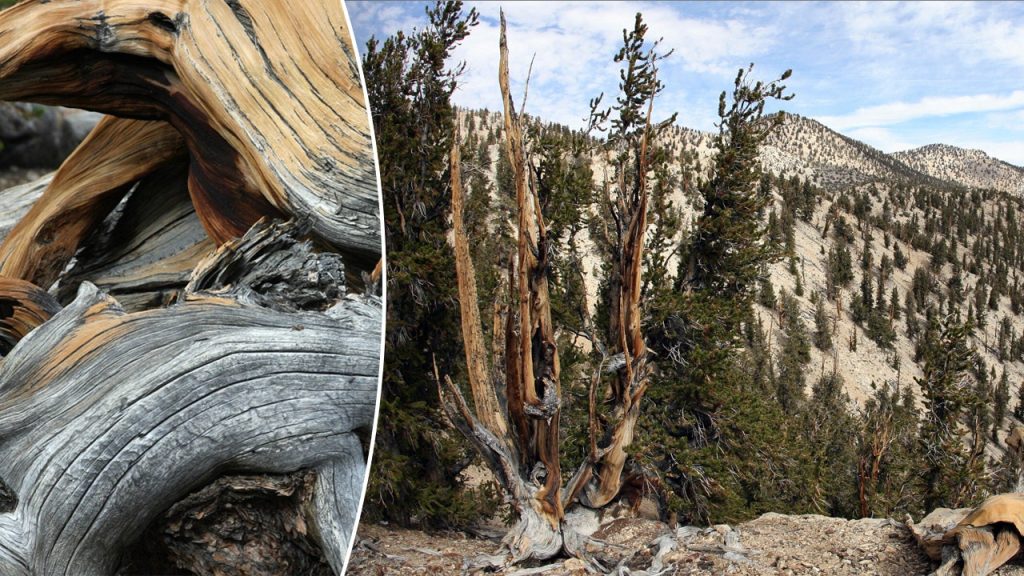The oldest tree species in the world is the Great Basin bristlecone pine, with Methuselah being the single oldest tree of the species at over 4,800 years old. This longevity can be attributed to its ability to withstand harsh weather conditions, as well as its unique twisted shape that comes from adaptation to intense winds, snow, and rain. The tree’s roots feed only the sections directly above them, allowing the tree to survive even if a root dies. Methuselah holds the title of oldest tree within the species, but there are several other Great Basin bristlecone pines that are over 4,000 years old.
The Great Basin bristlecone pine is a rare species found in California, Nevada, and Utah. In Nevada, Great Basin National Park is home to three separate groves of these ancient trees – at Wheeler Peak, Mount Washington, and Eagle Peak. Similarly, Bryce Canyon National Park in Utah offers visitors the opportunity to see these trees on hikes such as the Fairyland Loop trail or the Bristlecone Loop trail at Rainbow Point. The oldest tree in Bryce Canyon National Park can be found at Yovimpa Point and is approximately 1,600 years old.
The discovery of the oldest Great Basin bristlecone pine, Methuselah, dates back to 1957 when researcher Edmund Schulman counted rings in core samples to determine the tree’s age. Before Methuselah, the oldest known tree in the species was Prometheus, which was around 4,900 years old before it was chopped down in 1964 by geographer Donald R. Currey for research purposes. Currey had received permission from the United States Forest Service to take core samples from the trees in the area, leading to his discovery of the ancient trees in the Great Basin area.
The exact location of Methuselah, the oldest Great Basin bristlecone pine, remains undisclosed by the U.S. Forest Service to protect the tree. Its location in the Inyo National Forest is kept secret, but the tree serves as a testament to the longevity and resilience of the species. The survival of Methuselah and other ancient Great Basin bristlecone pines can be attributed to their unique ability to adapt to harsh weather conditions and thrive in the high elevations of their natural habitats.
The Great Basin bristlecone pine continues to fascinate researchers and visitors alike with its incredible age and unique adaptations. The trees can be viewed in their natural habitat at various national parks including Great Basin National Park in Nevada, Bryce Canyon National Park in Utah, and Inyo National Forest in California. The oldest known Great Basin bristlecone pine, Methuselah, stands as a symbol of the species’ resilience and longevity, despite facing threats from climate change and human impact on their natural environment. Visitors can take hikes and scenic drives to witness these ancient trees in person and appreciate their remarkable survival over thousands of years.
As researchers continue to study the Great Basin bristlecone pine and its oldest members such as Methuselah, the importance of preserving these ancient trees becomes increasingly evident. By understanding the adaptations that have allowed these trees to survive for thousands of years, scientists can better protect them from current and future threats. The discovery of Methuselah and other ancient trees reminds us of the importance of conserving nature’s wonders for future generations to appreciate and learn from.













